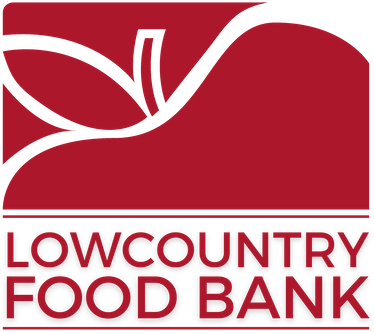Equity Mapping
2022 Equity Map
Reference Guide for Partner Agencies
The Lowcountry Food Bank is using ArcGIS mapping technology to better understand the needs of our neighbors and the impact of the work we do collectively. Check out our interactive Equity Map to learn more about food insecurity across the Lowcountry and the great work the LCFB and our agency partners are doing to make a difference.
What does equity mapping allow us to do?
-
Ongoing equity analysis
-
Identify gaps in access to food and target of critical need
-
Set equity targets and establish accountability for levels of service across all counties
-
Monitor trends and changes over time
-
-
Ensure that we use available data for proactive decision making
-
Identify partners and levels of service/points of service – different ways of working with partners
-
Establish innovative ways of filling gaps/meeting needs – alternative distribution models and approaches
-
Supporting Development with relevant data for grants and donors
-
Effective planning and communication with staff and partners
The Lowcountry Food Bank’s Equity Map is currently updated on a quarterly basis. From time to time, we may have some additional updates that occur outside of that schedule. As updates are made, the map will reflect those changes automatically.
The title of a layer may begin with letters like “Q2R4.” This tells us when the layer was most recently updated and what length of time it represents. For example, Q2R4 means that this layer was most recently updated at the end of the second quarter of the year (Q2), and it shows data for a rolling 4 quarters or full year (R4).
This map is interactive and meant to be explored. Toggling the layers on and off will show you different sets of information, and the legend will appear on the left of your screen. Click the small gray arrow next to the check box to drop down the legend for that individual layer. There is also a search bar you can use to look specific communities or addresses.
Below is a list of definitions for the different layers you may find on the map.
- Food Access Points – shows the different types of partners providing food access across our service area. If you click on a pin, a pop-up will give more detail about that particular site.
*Please note that gaps may be due to lack of population, environmental landscape, etc.
- Partner Agencies & Second Helpings Sites – shows where partner agency food access points are located. We’ve included food pantries partnered with Second Helpings in order to get a more accurate account.
- Mobile Pantry Sites – shows where we have conducted Mobile Pantry and Fresh for All distributions.
- Drive Time Analysis – areas within these ranges indicate a drive time of the designated (5, 10, 20) minutes or less to a partner agency.
- Food Insecurity Rates & Population – helps us to know where we have concentrated areas of neighbors needing our support. Data is provided by Feeding America.
- Total Meals Provided – shows the total meals provided per Census tract for the last rolling 4 quarters, or year.
- MPIN – shows how many meals were provided per person in need in a given Census tract. This creates an “apples to apples” comparison of our outputs across the service area.
- FI Rate Above Average and MPIN Below Goal – This series of layers indicates area where the food insecurity rates are above the state average of 11%, and where we did not meet our internal goal for meal provision per person (207 meals) in the last rolling 4 quarters.
- Child Hunger Programs Points of Service – includes child & family sites (does not include adult or veteran meal sites).
- Child Food Insecure Population by Census Block Group – highlights communities with for high populations of children who are food insecure.
- Life Expectancy – current life expectancy by Census tract. We know that lower life expectancy is highly related to poverty and health outcomes.

